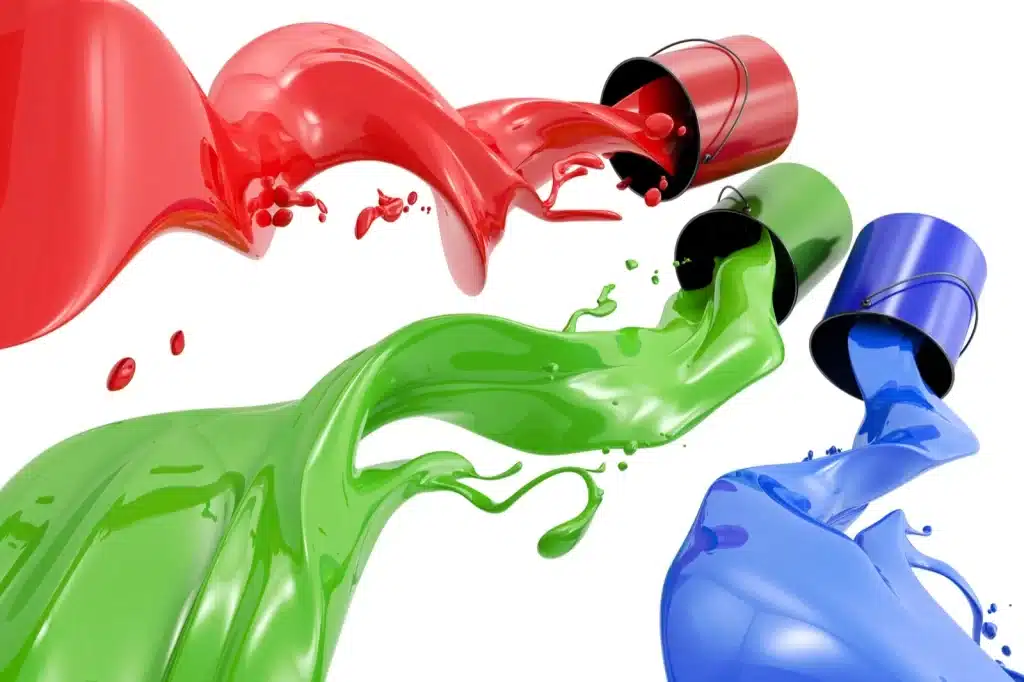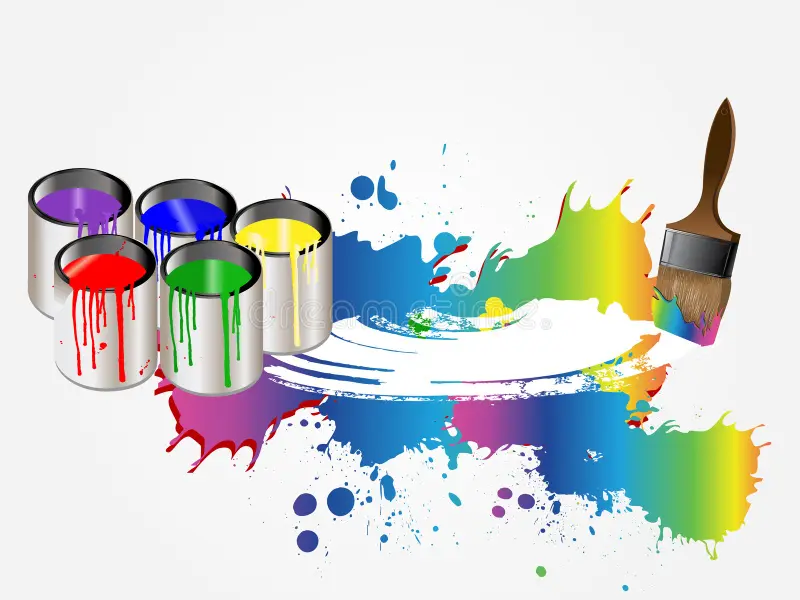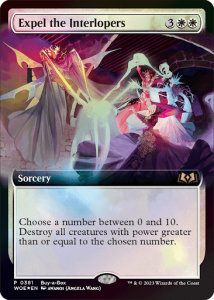In the vast canvas of our world, colors play a pivotal role in shaping our perceptions, emotions, and even our culture. Two are enduring symbols of contrasting emotions and themes—red and green—among our lives’ many hues. These colors have been woven into our fabric with their rich history and diverse cultural significance. This article delves into the vibrant tale of red and green, exploring their meanings, cultural connotations, and profound impact on our lives.

Red: The Color of Passion and Power
Red is the color of fiery passion, strength, and energy. Its vibrant hue commands attention, making it impossible to ignore. Across cultures, red is prominent, signifying many emotions and ideas.
In many Western cultures, red is associated with love and romance. The red rose is a universal symbol of love, and red hearts adorn Valentine’s Day cards worldwide. It symbolizes desire and passion, igniting sparks of affection and attraction.
Conversely, red can also evoke feelings of danger and warning. It’s the color of stop signs and fire trucks, alerting us to potential threats. This duality showcases Red’s ability to communicate intensity, whether in love or danger.
In China, red holds deep cultural significance. It is the color of good luck and happiness. During the Chinese New Year, red lanterns and decorations flood the streets to ward off evil spirits and usher in prosperity. Red envelopes containing money are gifted to symbolize good fortune.
Green: The Color of Life and Renewal
In contrast to red, green is associated with nature, growth, and renewal. It is the color of lush forests, vibrant meadows, and the rebirth of spring. As such, green often represents hope and new beginnings.
In Islam, green holds a special place. It is said to be the favorite color of the Prophet Muhammad, and it symbolizes paradise and eternal life. Green is often worn and incorporated into Islamic art and architecture, underscoring its spiritual significance.
In Western cultures, green has a dual role. On one hand, it represents growth and prosperity, as seen in the greenbacks of U.S. currency. On the other, it can symbolize envy and jealousy, giving rise to phrases like “green with envy.” This demonstrates how color can carry contrasting meanings even within a single culture.

The Intersection of Red and Green
The intersection of red and green is a powerful symbol, often seen in traffic lights. Red commands us to stop, while green signals the all-clear to proceed. This simple color combination governs our daily lives, ensuring safety and order on the road.
In nature, the interplay of red and green is a testament to the balance of life. Red apples, strawberries, and tomatoes provide nourishment and sustenance, while green leaves and stems harness the power of photosynthesis, converting sunlight into energy. Together, they create the cycle of life that sustains our planet.
Cultural Significance
Red and green also hold significant cultural value during festivals and celebrations worldwide. Two prominent examples are Christmas and Diwali.
Christmas, celebrated in many parts of the world, prominently features red and green. Red symbolizes the blood of Christ and the love and sacrifice of the holiday, while green represents the eternal life and hope brought by the birth of Jesus. These colors adorn Christmas trees, decorations, and festive attire, encapsulating the joy and spirit of the season.
Diwali, the Hindu festival of lights, is another celebration where red and green play a vital role. Red symbolizes the triumph of good over evil, with many households lighting oil lamps with red flames. On the other hand, green represents life and happiness, and it’s often associated with exchanging gifts and sweets during the festivities.
Conclusion
Red and green are more than just colors; they are symbols deeply ingrained in our lives and cultures. These hues evoke many emotions and meanings, from passion and love to growth and renewal. Their significance transcends borders and languages, serving as a universal language of human experience. So, the next time you encounter a red stop sign or gaze upon the lush green leaves of a tree, take a moment to appreciate the profound impact these colors have on our world and our perception of it.




